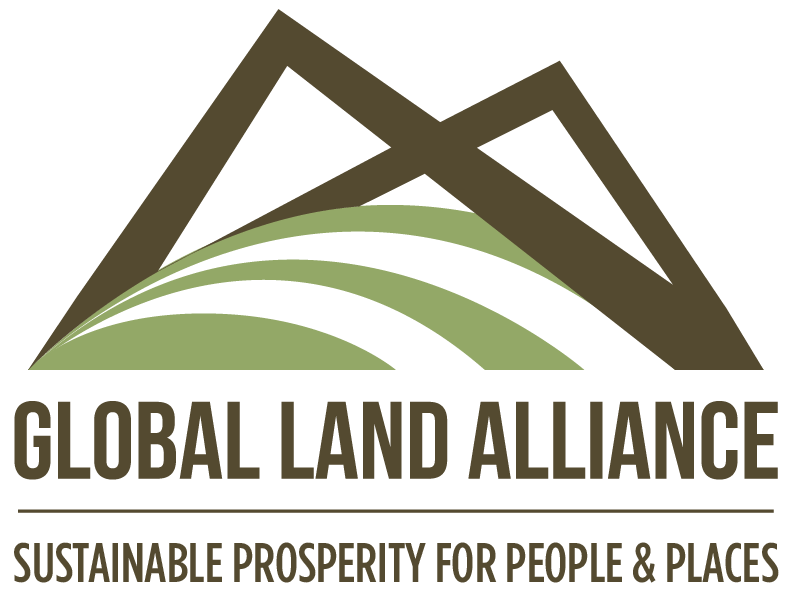LiDAR for Land and Forest Tenure Studies and Land Administration Projects
By Kristen Vincent
The “Basics of LiDAR Data” workshop sponsored by the Wisconsin State Cartographer’s Office held at St. Norbert College in De Pere, Wisconsin provided Land Alliance with the opportunity to learn the basics of this technology and understand its possible use in forest and land tenure and land administration studies and projects. LiDAR (Light Detection and Ranging) is a form of remote sensing used to collect information about the landscape. Although LiDAR is not a new data collection platform, the continued advances in LiDAR sensors teamed with UAVs and more sophisticated image processing software are beginning to make LiDAR a more practical and effective tool for aerial mapping, and in turn providing data for use in the studies and projects designs conducted by Land Alliance.
Aerial vehicles, including UAVs, equipped with specialized LiDAR sensors and GPS, complete a flight over the targeted area to collect the point cloud data. LiDAR sensors on the aerial vehicle send out pulses of non-visible light to the ground. The signals bounce off objects on the way to the earth’s surface and back to be recorded by the sensor. The time it takes the signal to return to the sensor determines the distance the signal traveled, creating an accurate, high resolution depiction of the landscape below.
Basics of Using LiDAR Data”, Joel Nelson, University of Minnesota Department of Soil, Water and Climate
This data can be very useful for land tenure and administration studies and application especially in hard to reach geographies and data poor areas. There is also a growing sub-field of LiDAR called Mobile LiDAR, in which data is collected not only from the sky, but from vehicles on the ground and on foot. This provides added flexibility because the data can still be collected if the community in question is inaccessible from the ground, if it lacks the necessary infrastructure to support an airplane flight or if transportation by vehicle is difficult, such as rural and indigenous people’s communities located in remote areas of developing countries.
Along with the flexibility of LiDAR data collection, the data itself is useful for analyzing the natural and man-made features of the land. LiDAR data is more accurate than other elevation data, such as grid-based raster datasets, because it is point-based, with each point being tagged with an accurate latitude and longitude and elevation. LiDAR data point clouds are classified by vegetation, buildings, ground, etc. and can be filtered based on what needs to be seen for each application. For example, if the intended application is to examine the accessibility of a property line based on the ruggedness of the terrain, the LiDAR data can be filtered to show only bare earth points. Vegetation points can be added in to further determine the accessibility of the land by visualizing the height of the surrounding vegetation. Using GIS software a 3D model of the landscape can be created, which can be rotated and zoomed in or out to provide added details about the landscape in question.
Through conceptual presentations and hands-on exercises, the Wisconsin State Cartographer’s Office workshop demonstrated the usefulness of LiDAR data. Further, the USGS (United States Geological Survey) projects that the benefit of having nationwide “enhanced elevation data”, which includes LiDAR data, in the United States would conservatively be US$1.2 billion annually which confirms the power and magnitude this data can have for all sectors, including land and forest tenure and land administration. Land Alliance will be looking for opportunities to include the innovative use of LiDAR in our on-going and future land and forest tenure studies and land administration project designs.

